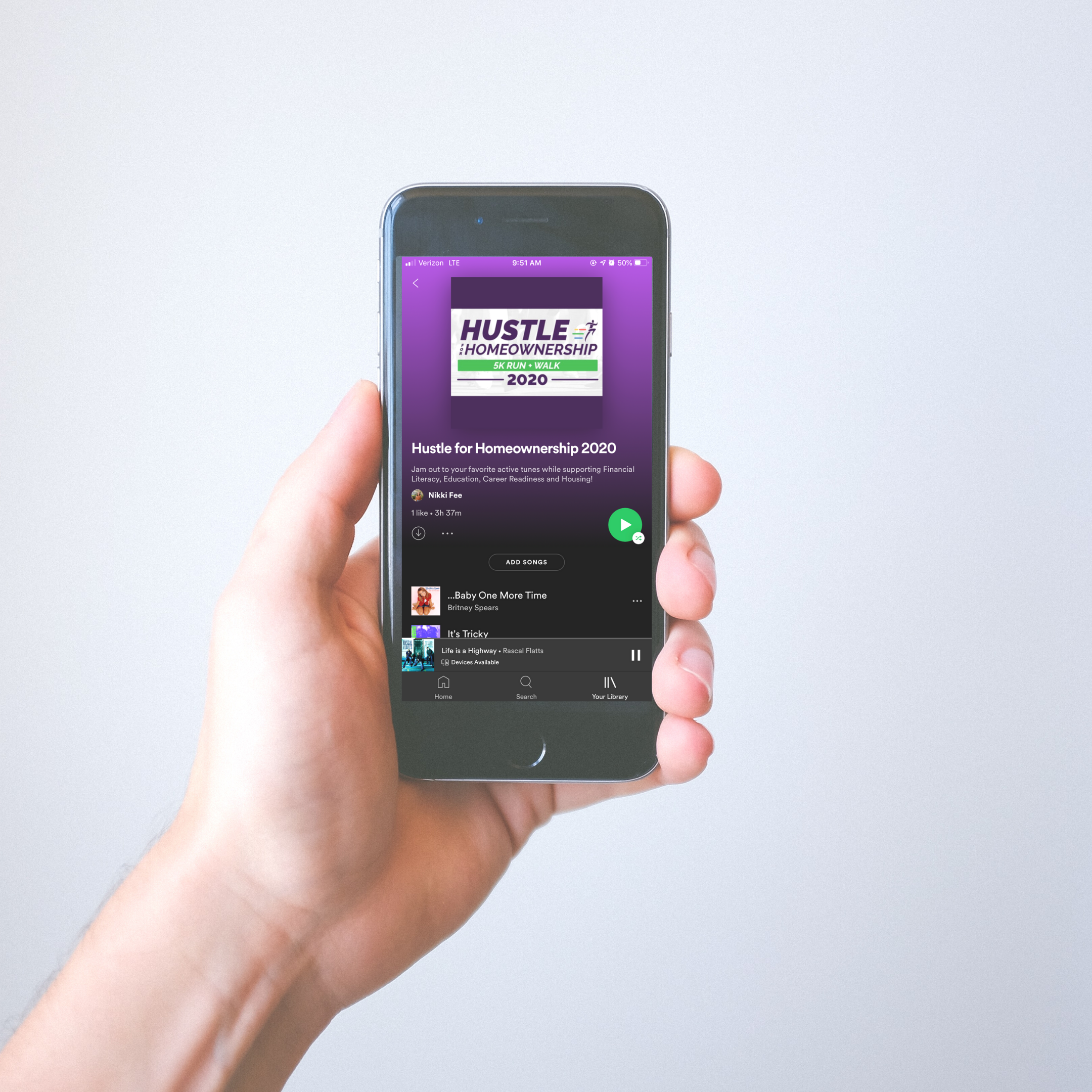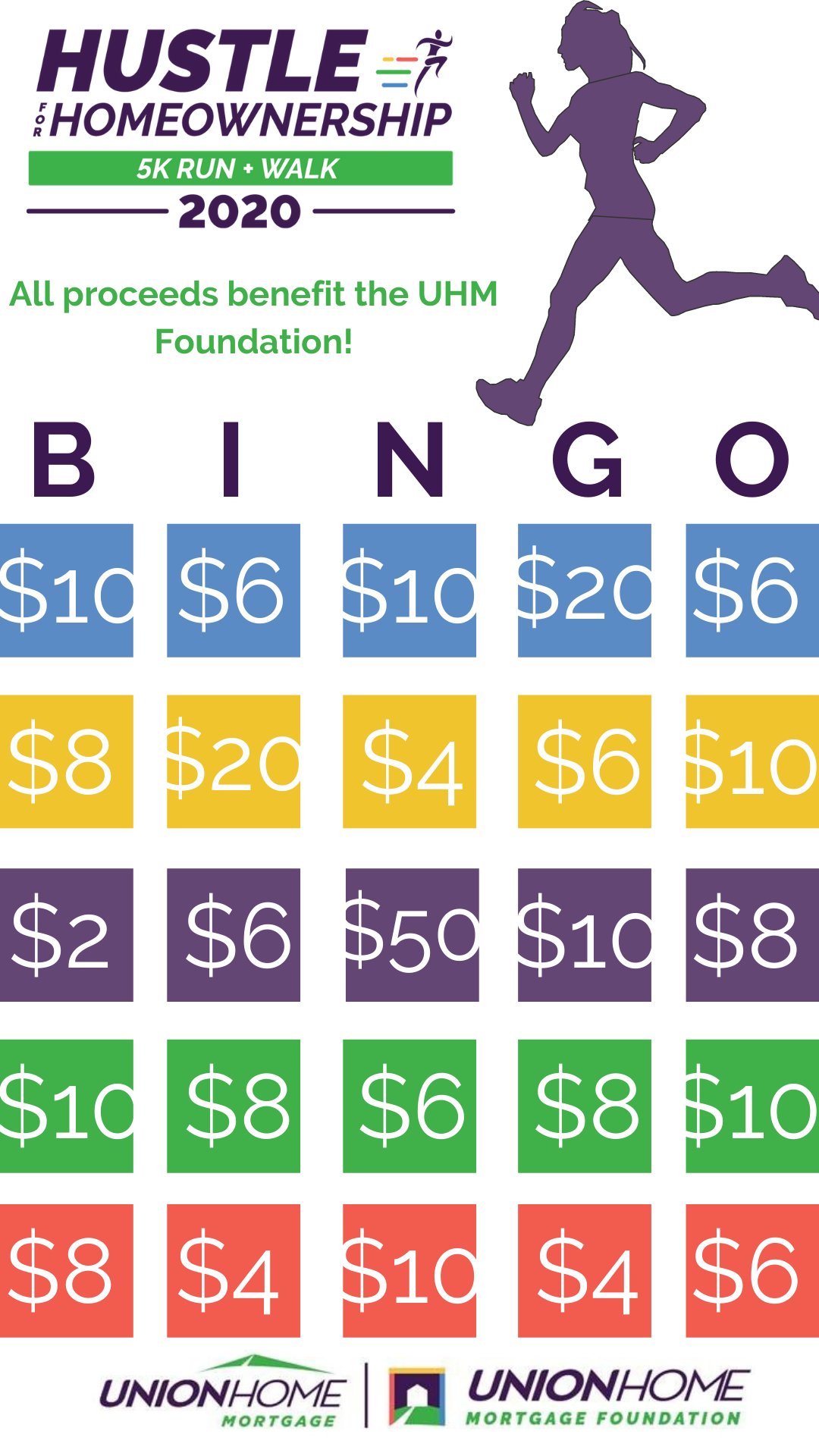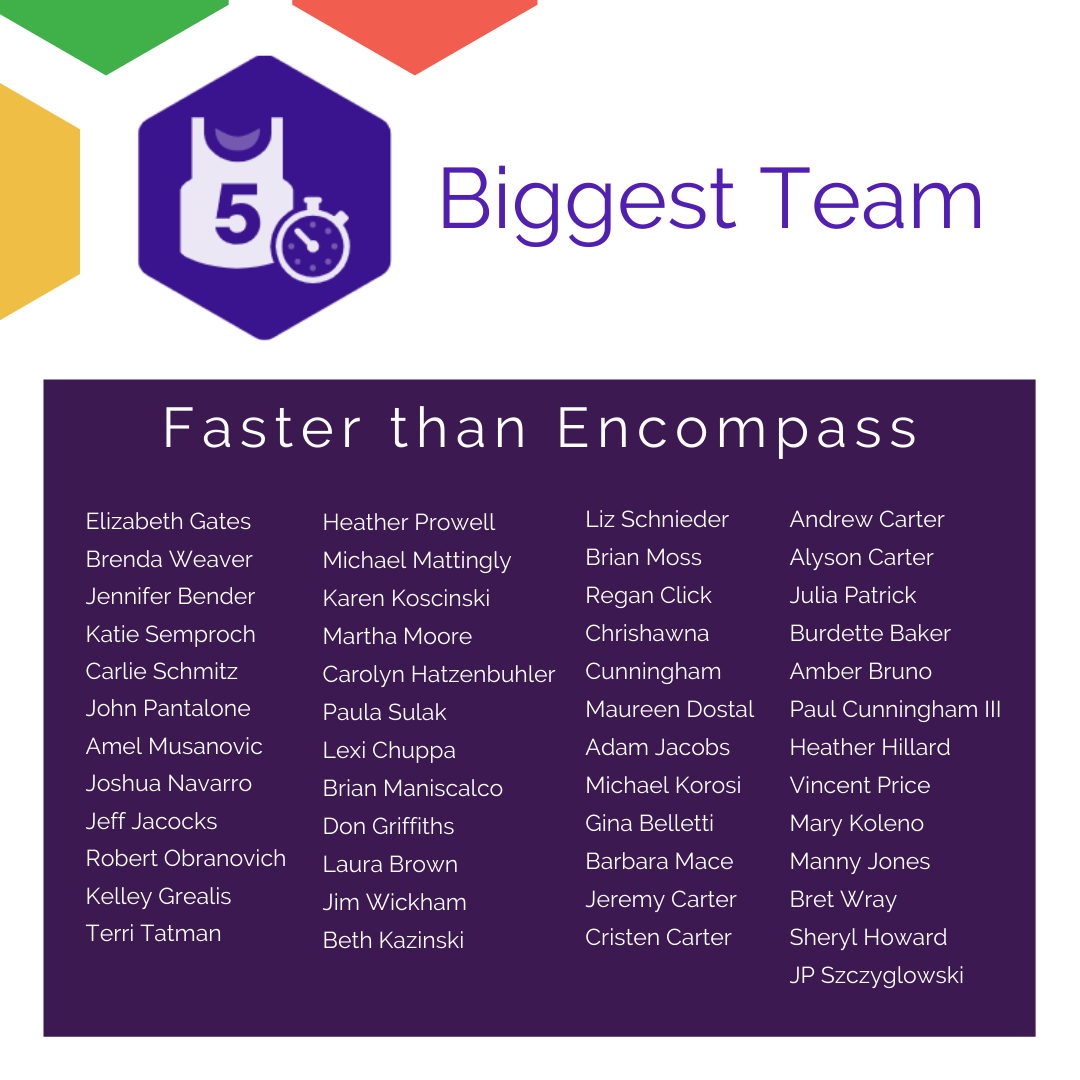Virtual events have become the new normal as a result of COVID-19. Organizations are having to rely on virtual events to fundraise and bring their communities together. Switching to a virtual event at first might be intimidating, but with the proper tools your virtual event can be just as successful!





Written by Nicolette Fee & Christina Fagan
Virtual events have become the new normal as a result of COVID-19. Organizations are having to rely on virtual events to fundraise and bring their communities together. Switching to a virtual event at first might be intimidating, but with the proper tools your virtual event can be just as successful! This past August, the Union Home Mortgage Foundation hosted our annual Hustle for Homeownership 5k Race, virtually! At first we were weary of how an online event would compare to our in-person race – would it lack some of the team spirit and sense of community? However, the virtual 5k turned out to be our most successful one yet!
More on the results of our 2020 Hustle for Homeownership can be found in our previous blog post found here: https://www.uhmfoundation.org/blog/2020-virtual-hustle-for-homeownership-5k-race/. Spoiler alert: The UHM Foundation was able to raise over $30,000.00 and had more than double the participants from last year! How did we manage to make our first virtual event such a success? We’ve boiled our success down to FIVE key factors, that you can incorporate into your virtual events too:
1) Flexibility for Participants
As a result of the race being virtual, race participants were given the flexibility to choose when, how (running, walking, swimming, biking, etc.), where and with whom to complete their races. Participants could choose which UHM Foundation pillar (ex: financial literacy vs. housing) to support with materials customized to match the pillar, or choose all four, and to start or join a team. Life is busy and at times it can be challenging to attend an event at a specific time or place, so we allowed our participants an entire month to complete their race on their own. Not only did this allow participants to compete at a time convenient for them, but it opened up the event to participants all over the country. Flexibility gives participants the option to make the event their own and participate in a way they can be successful.
2) Constant Communication
A common pitfall of virtual events as that they can easily be pushed aside without continued interaction with your participants. Leading up to and during the Hustle for Homeownership, we regularly emailed participants with event countdowns, fundraising updates, team and individual competitions, social media takeovers and more! Within our company, we also made a point to give to “shout outs” to the top race teams (in both members and fundraising) during company-wide calls and emails. Keeping in constant communication with your participants keeps them engaged and interested- this means more interaction, more team members, more fundraising and more fun for everyone!
3) Keeping the Hype Going and Engaging at Home
Planning and being in the action of the event may seem like an exciting time, but it is important to think about ways to keep the hype going at home for your participants! After your participants register for your event, how do you plan to keep the excitement alive? Leading up to the Hustle for Homeownership, we held four happy hour events (also virtual) for our participants to learn more about our pillars and the nonprofits we support under them – each event even had its own cocktail recipes. We also asked our participants to help us create a race playlist on Spotify by submitting their favorite songs to be active to. Incorporating these extra components made our participants feel more connected and kept the hype alive as we neared our start date! During the event, we continued the hype on social media pages by featuring teams and participants as they completed their races.
4) Providing Tools for Success
If you want your event to be a success, it is important to give your participants the proper tools to be successful in both the event's activity and in fundraising. You can provide tools such as preparation information for the event's activity like tips for running your first race! Another great tool to share is social media content. Providing your participants with pre-made social posts, photos, usernames and hashtags to spread awareness about the event is mutually beneficial. This way participants can share their experience while also promoting your organization and event. Arguably the most important tools to provide your participants with are tools for successful fundraising. Remember, not everyone is comfortable asking for those around them for money to support causes they are passionate about – you need to take the guess work out of it. These can be donation links, scripts to be used when asking for a donation, donation bingo boards, etc.
5) Provide Incentives
Incentives are an easy way to get and keep the attention and effort of participants throughout the duration of your virtual event. In order to boost registrations for the Hustle for Homeownership, we worked with a sponsor to provide the first 200 registrants with a special swag gift- a running arm band to hold their phones while they complete the race. Once the race began, we offered participants and teams the chance to win superlative awards for categories like Highest Fundraiser, Best Race Outfit, and Cutest Race Buddy – this also fueled additional social content for us for in the future! Thus, creating friendly competition among participants to do more.
Just because events have changed does not mean they have to be boring. Now is the time to kick your creative thinking into high gear and turn the challenge of a virtual event into a unique opportunity to reach a wider audience. By using the information above and adding in your organizations own flair, your next virtual event is sure to be a hit!

